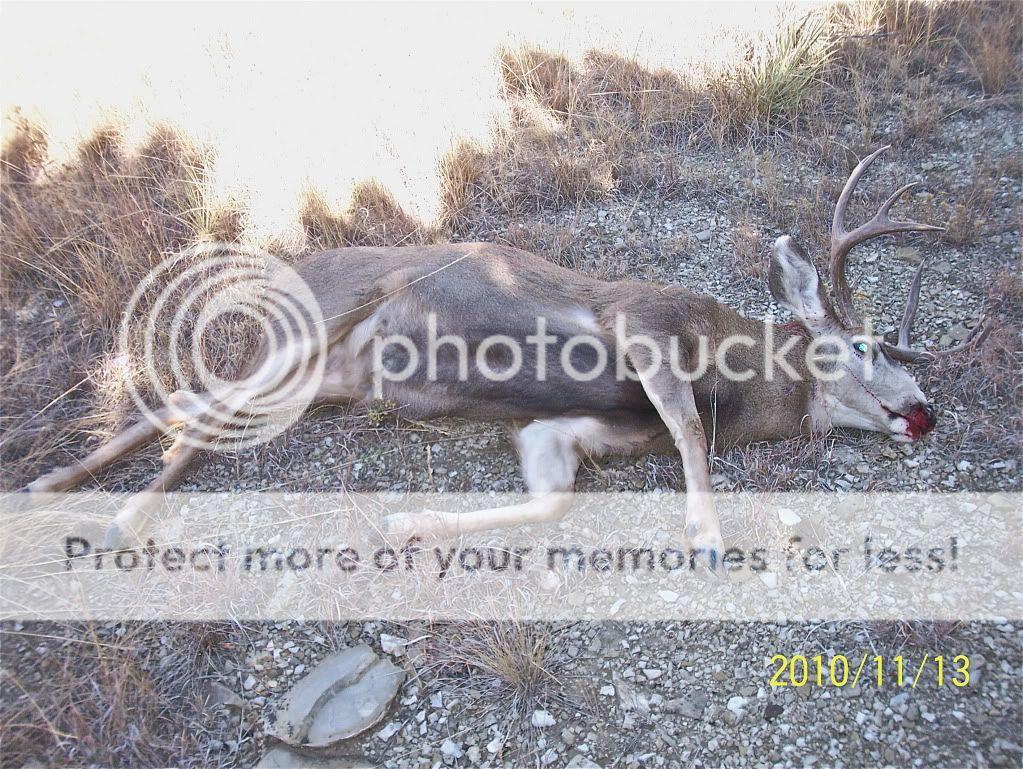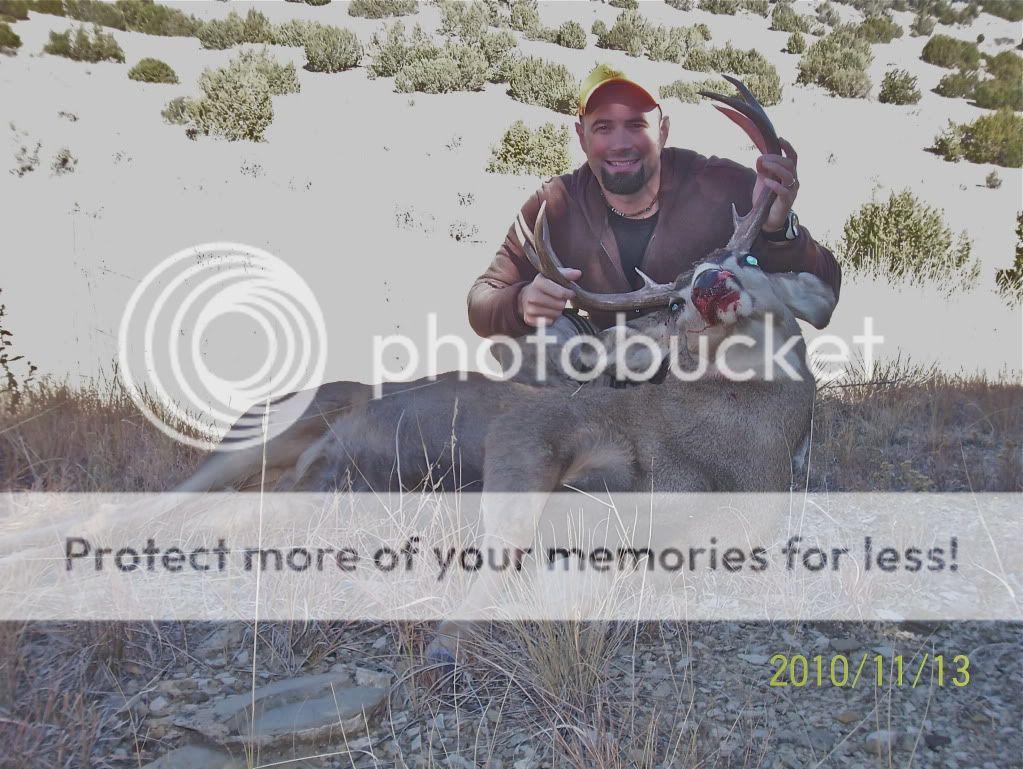Yes, and I can tell you of guys that successfully hunted African Elephant bulls in the wild with old 303's or Cape Buffalo with 308's.
Just cause they did it and it worked, doesn't make it smart.
I learned my hunting in Africa, and we were always told: "More game in Africa has been killed with heavy standard grade bullets at 2000-2300fps than all the rest put together", but we were also told that "For high impact velocity and for when a shot goes slightly wrong (perhaps hits a heavy bone on the way in), a premium grade bullet could save your arse"
Not my words, but still, I have found them to be very wise.
You don't know who is going to read your comments and act on them. Think about that. Just because something worked for you does not make it best practice.
I can tell you now that if you shoot a gnu in Africa (180-240kg) with a standard grade bullet, and the shot is not absolutely perfect, and you'll be running after that thing for days, whereas a premium grade bullet will retain more weight, and therefore have more momentum, and therefore have a higher ability to break bone and create a deeper wound canal and a good exit wound than a standard grade bullet. A good exit wound anywhere in the chest cavity will collapse the lungs in 60 seconds.
It's that simple.
Ask yourself why 72% of hunters in Africa use premium grade bullets.
Out of interest, I have now moved from Africa to New Zealand, and I am appalled, but not surprised, at how many animals are wounded here by hunters (using standard/varmint and match bullets from small fast calibers). In my view this is intolerable and not only causes an animal to suffer, which in itself is intolerable, but also provides huge ammo to the anti-gun lobbyists and bunny huggers.
Many New Zealand hunters that I have spoken to are convinced that a bullet that fragments somehow "liquifies" the lungs / heart etc, and yes, I can see how shrapnel would do that, but when the shot is slightly off, these are the same blokes that have a few beers at camp whilst an animal is dying a slow death in the bush. I have used a variety of premium grade bullets over the last 15 years, and yes, they don't "liquify" the lungs and heart, but they create excellent straight line wound cavities and almost always exit, and I have never lost an animal, even when the bullet has hit major bones (not ribs or shoulder blade as per Berger's promotional video, but real heavy bone) on the way in and on the way out.
I strive to make a perfect shot every time that I line up on an animal, but if something does go wrong, I want as much insurance as possible, and the best blood trail possible so that I can follow up, and a fragmenting bullet will not give you that.
For me, this is an ethical discussion more than anything else.


